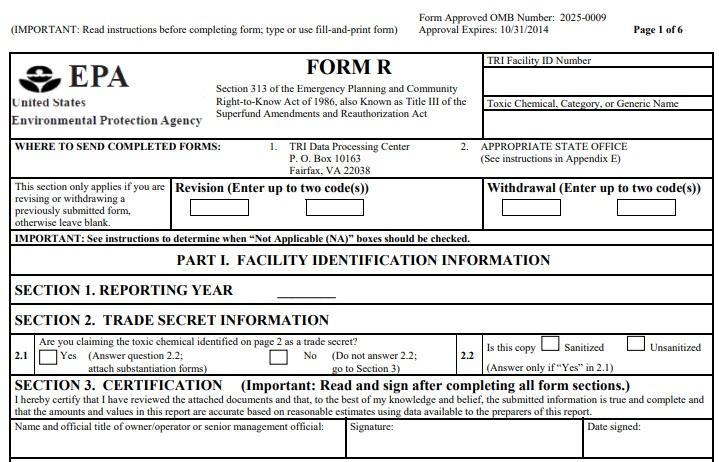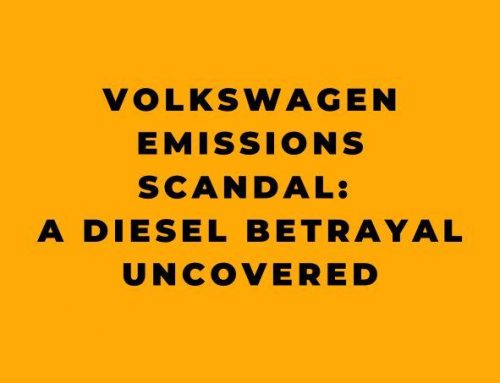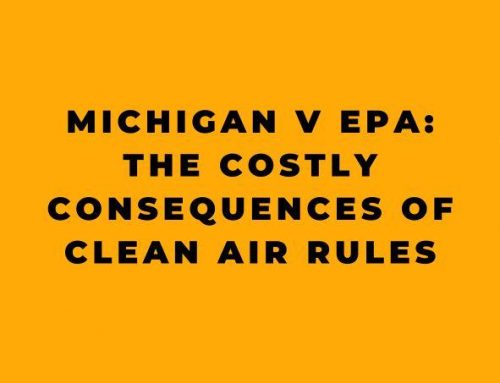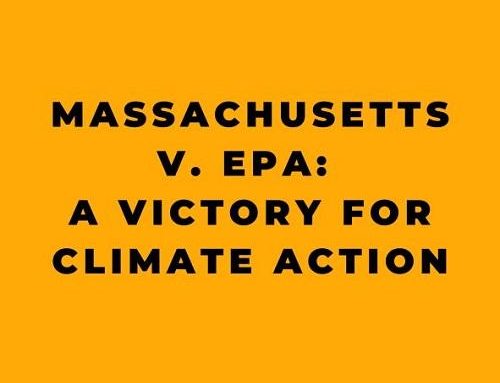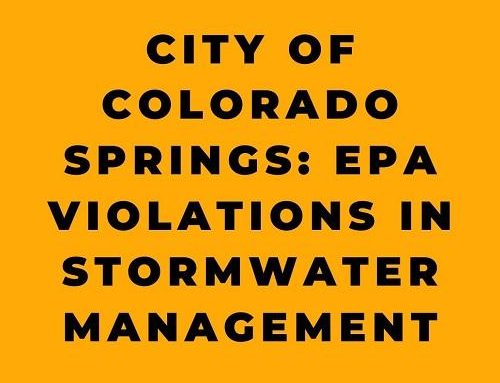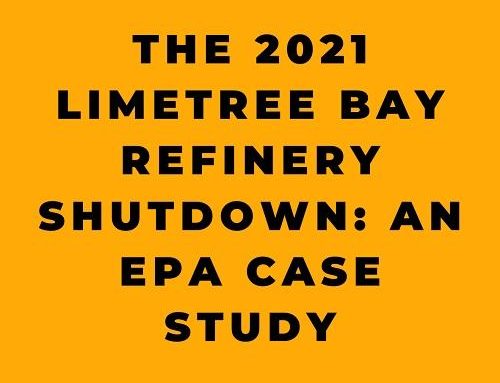As a business owner, it’s important to be aware of your environmental responsibilities and to take action to protect the environment. One way to do this is through environmental reporting, which involves submitting information to government agencies about your facility’s environmental performance and compliance. In this article, I’ll provide an introduction to environmental reporting and discuss some of the key regulations and forms you should be aware of.
- Tier II: The Emergency Planning and Community Right-to-Know Act (EPCRA) is a federal law that was established to help communities prepare for and respond to chemical emergencies. Tier II reporting is a key component of this law as it requires certain facilities to file a report with the state emergency response commission (SERC), local emergency planning committee (LEPC), and the local fire department. This report includes information on the hazardous chemicals stored on site and the potential risks they pose in the event of an emergency. This information is used by emergency responders and community planners to develop emergency response plans and to prepare for potential chemical emergencies. By filing Tier II reports, facilities can help protect the community and respond to emergencies more effectively.
- Form R: The Toxics Release Inventory (TRI) is a national database that contains information on the release and management of certain toxic chemicals. Facilities that meet certain threshold levels for these chemicals are required to file a Form R with the Environmental Protection Agency (EPA) and state agencies. This report provides information on the amount of toxic chemicals released to the environment, recycled, treated, or disposed of during the previous calendar year. This information is used by the EPA and state agencies to track chemical releases and to identify facilities that may be contributing to environmental problems. By filing Form R, facilities can help the EPA and state agencies to better understand and address environmental problems and ensure that they are in compliance with environmental regulations.
- CFATS: The Chemical Facility Anti-Terrorism Standards (CFATS) program is a federal program that is administered by the Department of Homeland Security (DHS) and applies to facilities that possess or plan to possess certain threshold quantities of specific chemicals. These facilities are required to submit a Top-Screen questionnaire and, if required, a Site Security Plan (SSP) to DHS for review. The CFATS program is designed to protect communities from terrorist attacks on chemical facilities. By submitting the Top-Screen questionnaire and SSP, facilities can help ensure that they are in compliance with the CFATS regulations and that they are taking the necessary steps to protect the community from terrorist attacks.
- State-Specific Regulations: In addition to the federal regulations, facilities may also be subject to state-specific environmental reporting regulations. These can include reporting requirements for air emissions, water discharges, and hazardous waste management. These regulations vary from state to state, so it is important for facilities to be aware of any state-specific regulations that apply to them and to comply with them accordingly. Failure to comply with state-specific regulations can result in penalties and fines. By being aware of and complying with state-specific regulations, facilities can help protect the environment and ensure that they are in compliance with the law.
- Be Prepared: Environmental reporting can be complex, so it’s important to be prepared. This includes having a clear understanding of the regulations and forms that apply to your facility, as well as keeping accurate and up-to-date records of your environmental performance and compliance. By being prepared, facilities can avoid penalties and fines for non-compliance and ensure that they are submitting accurate and timely reports.
- Seek Professional Help: If you’re unsure about what environmental reporting regulations apply to your facility, or if you need help understanding or completing the forms, consider seeking the help of a professional environmental consultant. These professionals can help ensure that you are in compliance with regulations and help you navigate the complex reporting process.
- Stay Current: Environmental regulations and forms are subject to change, so it’s important to stay current on any updates or revisions. By staying current, facilities can ensure that they are in compliance with the latest regulations and avoid penalties and fines for non-compliance.
- Reporting Environmental Violations: If a facility is out of compliance with an environmental law or regulation, it should report any violations as soon as it becomes aware of them to the appropriate regulatory agency, such as the Environmental Protection Agency, state environmental agency or local government. It’s important for facility owners to be proactive in identifying and reporting environmental violations to help protect both the environment and the public. By reporting environmental violations, facilities can demonstrate their commitment to environmental responsibility and take action to correct the issue and prevent it from happening again in the future. Additionally, reporting environmental violations can help to avoid penalties and fines that can be imposed by regulatory agencies for non-compliance.
In conclusion, environmental reporting is an important aspect of being a responsible business owner. By understanding and complying with regulations such as Tier II, Form R, CFATS, and state-specific regulations, you can help protect the environment and ensure that your facility is operating in compliance with the law. It’s important to be prepared, seek professional help if needed, stay current on any updates or revisions, and report any environmental violations as soon as they are identified. Remember, being environmentally responsible is not only the right thing to do, but it is also the law. By being aware of your environmental responsibilities and taking action to meet them, you can help protect the environment, your employees, and the community.


